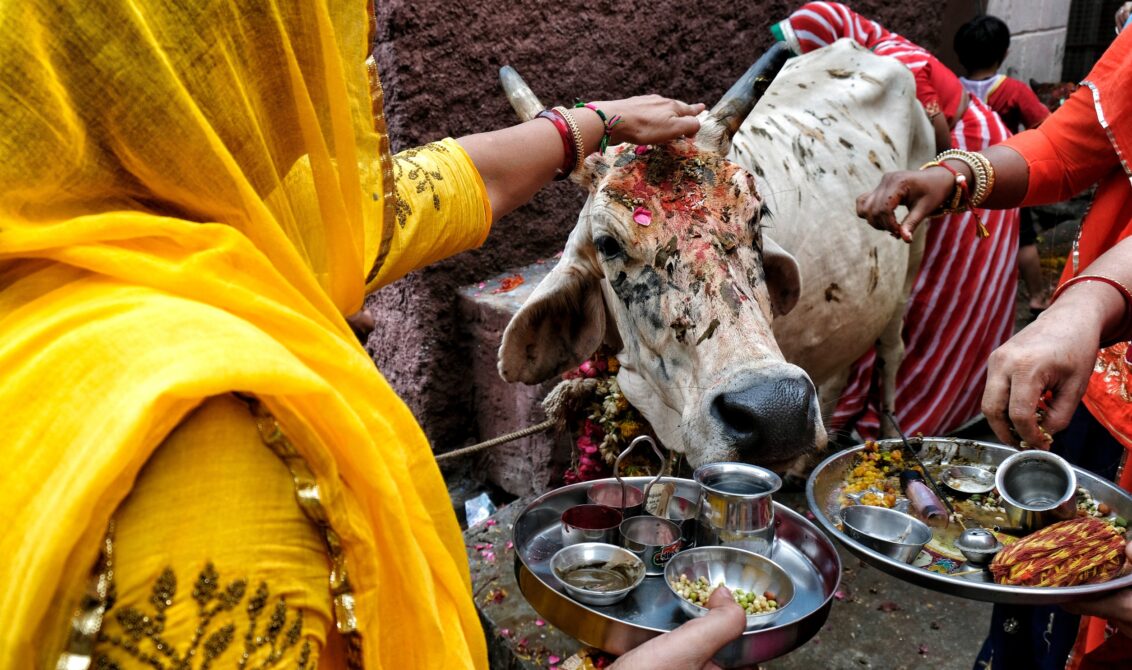
Living in the United States for the past 50 years has given me a unique perspective on the cultures of the US and of my native India.
The culture in the US is shaped by Christianity, with 65% of its Christian population. In contrast, 80% of India’s population identifies as Hindu.
Cultures are complicated.
India’s Kashmir issue is an ongoing debate. At the time of Independence, 75 years ago, India and Pakistan got divided along the lines of Muslim- Hindu population concentration. Consideration was also given to the geographical proximity of Muslims to Pakistan, and how the kings of the princely states voted for or against Pakistan. Kingdoms were abolished post-independence, by the stroke of a pen. In Kashmir, there was a Hindu king ruling a Muslim-majority population. To appease his people, he voted to stay with India but only as an autonomous state, with its own laws. Since then, Pakistan has encouraged Kashmiri Muslims to revolt against India and join Pakistan. Thousands of people are killed every year. India’s economic progress 7.5% annual GDP growth in the past 10 years, did not benefit Kashmiries, because of their closed system. I saw terrible poverty and poor infrastructure when I visited, Kashmir in 2018. In 2019 Prime Minister Modi of India rescinded Article 370 which had granted Kashmir its autonomy.
The government claimed it followed the proper constitutional procedure outlined in Article 367 to revoke the special status. From a conflict and economic point of view it has been a plus, I gather.
India’s culture is based on thousands of years of Hinduism. Hindu society has been organized based on four castes that were originally based on profession. The caste system and its vices got deeply embedded in Indian society. Democratic voting rights were the greatest equalizer. It started the biggest wave of change for the lowest caste, the Dalits, or untouchables, even when I was growing up in India. The state also established special quotas for lower castes in educational institutions and the state employment system. Legal reforms, of course, do not necessarily translate into social reforms overnight. But in my 23 years in India, the Dalits were no longer treated as untouchables — an unthinkable change since I was a little girl.
Indian marriages are arranged within the caste and also sub-castes. One explanation for this could be that people of the same caste are more similar; vegetarianism is caste dependent, and so are rites of passage ceremonies and other rituals. When a bride enters a groom’s home — still true in most cases— she is the one who carries those traditions forward.
The composer Gustav Mahler said, “Tradition is not the worship of ashes, but the preservation of fire.” As humans struggle to propel to prosperity, traditions are also the guard rails on which the new fabric gets weaved.
In Hinduism, arranged marriages are considered a union of two families, emphasizing the importance of the extended family. Adult children are expected to care not only for their elderly parents but also for their aunts and uncles, especially since there is no social security or government assistance.
This might explain why India may admire Westerners but don’t necessarily embrace them.
I have found that Americans tend to be more friendly to strangers. I fondly remember our business associate Dick and Helen Elkus inviting us to their Easter egg hunts. They treated us like members of their family. Americans generally invited us out to restaurants, but my husband and I preferred to entertain our guests at home — initially with some tribulation.
I have found Americans to be socially and professionally accommodating.
I refer to my old blog Only in America. It was in America that I would find what matters is not who you know, but who you are.
Indian experience for me was more secular. Socially we freely mixed with Muslims, Sikhs, Buddhists, and Jains at equal levels. Being a ‘Secular’ state is in the preamble of the Indian constitution. India also has had two Muslim Presidents. While American public officials still largely take their oaths of office on the Bible!
However, residing in America also taught me what it is like to be a minority. It has made me empathize with the experiences of Muslims and other minorities living in India.
Indians in the US have been easily accepted in the top ranks of corporations, healthcare, research, and academia. Indian Americans’ prowess and contributions to the entrepreneurial ecosystem of Silicon Valley are recognized, accepted, and rewarded.
How I wish the US would embrace India as a close political ally!
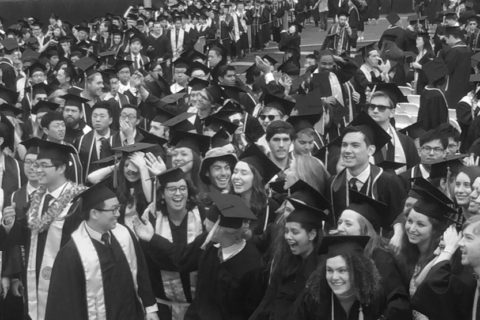



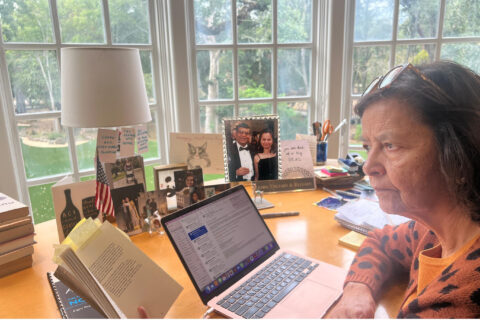

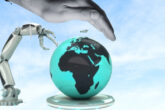
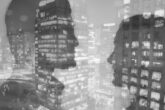
Deepka lalwani
Complicated topic. Can lead to many controversial discussions. No easy answers.
Pia
Modi is trying to make India a strong political ally, both India and America hedging their bets against China. Lately india’s support of Israel has won many brownie points in Washington enough for Biden to bypass human rights abuses and religious bigotry.
Sreedhar Menon
I am sure many people are not aware of Article 370 and its rescindment , and hence it is very helpful for a large section of our Society!